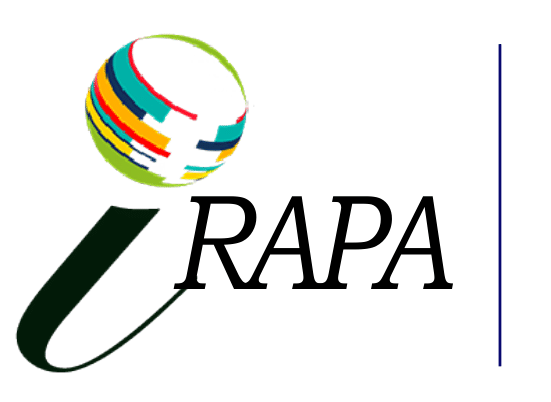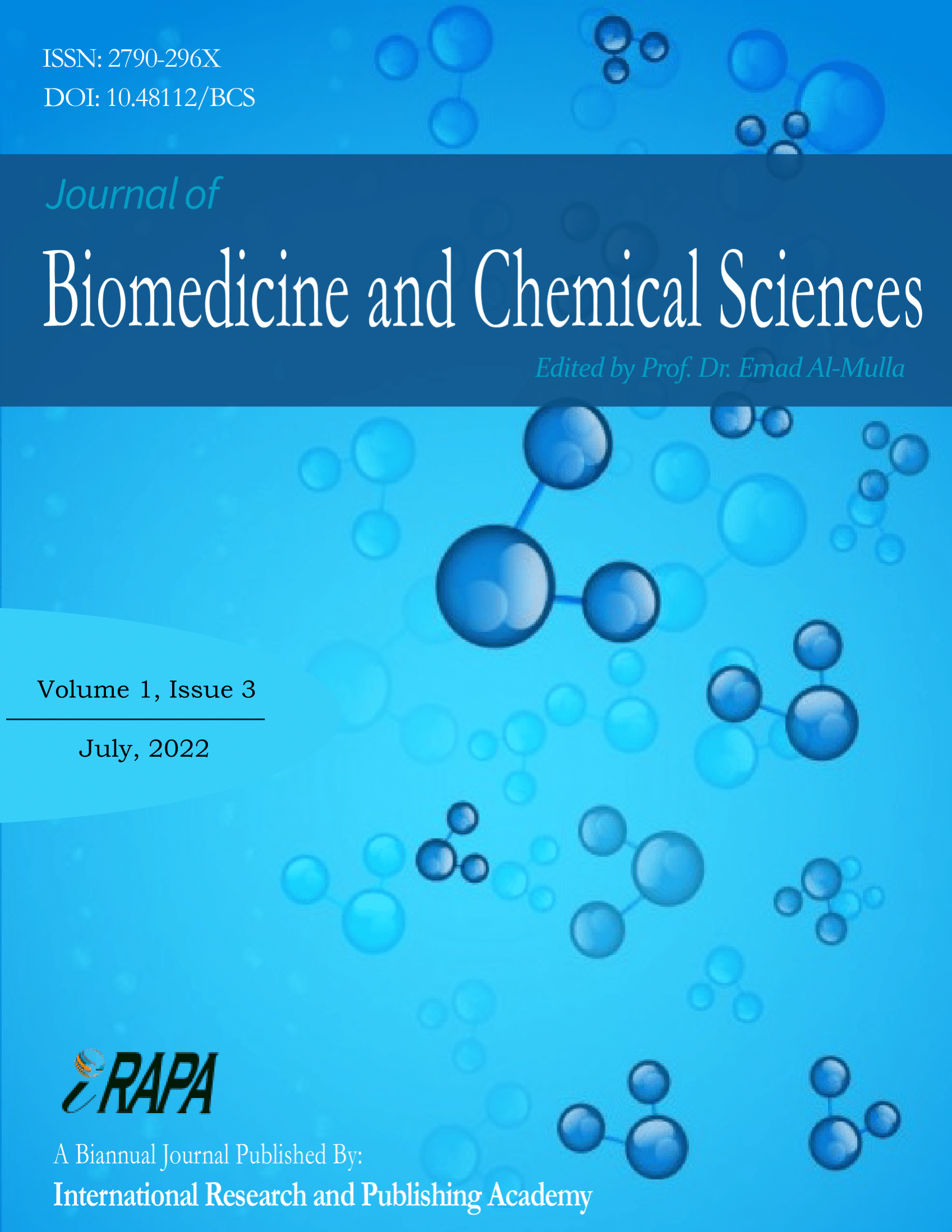Soil is one of the favorable habitat for microorganism. It considered being the home of wide range of them in particularly, bacteria and fungi. Southern Iraq is characterized by a multiplicity of ecosystem, which include desert, agricultural and marine areas, each of which has special composition that differs from the neighboring system, whether in terms of vegetation or various environmental factors. This in diversity, in turn, may lead to microbial diversity that can be used in different biotechnologies. Regarding that little is known about yeast diversity in such habitats, and therefore the current study aims to assess the yeast community in soil and sediments samples from Basrah and Dhi-Qar provinces, Southern Iraq. Thirty-one species belong to 19 genera were encountered. The isolated species consist of 16 species of Ascomycota and 15 species of Basidiomycota. The soil of Basrah and Dhi-Qar support the growth of diverse species belonged to the genera Aureobasidium, Cutaneotrichosporon, Debaryomyces, Filobasidium Geotrichum, Hanseniaspora, Lodderomyces, Meyerozyma, Symmetrospora,Torulaspora, Vishniacozyma, Pichia,Yarrowia,Cystobasidium, Galactomyces, Rhodotorula, Wickerhamomyces, Candida and Naganishia. One hundred and twelve fungal isolates were identified using the conventional methods depending on morphological characteristics. CHROMagar candida was used as differential culture medium. Iodine stain was used to differentiate ascospores and basidiospores. In addition biochemical method represented by VITEK was used as well as molecular identification. This study represents the first report of occurrence of yeast species in soil and surface sediment samples from Basrah and Dhi-Qar provinces, Southern, Iraq, with effect of some ecological factors on isolation yeast from different location.

- Abu-Mejdad, N. M., & Al-Badran, A. I. (2019). Isolation and molecular identification of yeasts, study their potential for producing killer toxins and evaluation of toxins activity against some bacteria and pathogenic fungi. Basrah: PhD thesis, 1-249.
- Abu-Mejdad, N. M., Al-Badran, A. I., & Al-Saadoon, A. H. (2019). A new record of interesting basidiomycetous yeasts from soil in Basrah province/Iraq. Basrah Journal of Science, 37(3), 307-334. https://www.iasj.net/iasj/article/200199
- Baćmaga, M., Kucharski, J., & Wyszkowska, J. (2015). Microbial and enzymatic activity of soil contaminated with azoxystrobin. Environmental Monitoring and Assessment, 187(10), 1-15. https://doi.org/10.1007/s10661-015-4827-5
- Chi, Z. M., Liu, G., Zhao, S., Li, J., & Peng, Y. (2010). Marine yeasts as biocontrol agents and producers of bio-products. Applied Microbiology and Biotechnology, 86(5), 1227-1241. https://doi.org/10.1007/s00253-010-2483-9
- Coelho, M. A. Z., Amaral, P. F. F., & Belo, I. (2010). Yarrowia lipolytica: an industrial workhorse. Current Research, Technology and Education Topics in Applied Microbiology and Microbial Biotechnology. Formatex Research Center.
- Ekpenyong, M. G., & Asitok, A. D. (2019). Statistical Distribution of Halotolerant/Halophilic Biosurfactant-Producing Yeasts in Qua Iboe Estuarine Sediments. International Journal of Sciences, 8(06), 91-104. http://dx.doi.org/10.18483/ijSci.2065
- El-Ziney, M. G., Zaid, E. A. A., & El-Naggar, M. Y. (2018). Characterization of carotenogenic Rhodotorula strains isolated from delta region, Egypt and their potential for carotenoids production. Journal of Pure and Applied Microbiology, 12(2), 1-13. https://dx.doi.org/10.22207/JPAM.12.2.17
- Estefan, G. (2013). Methods of soil, plant, and water analysis: a manual for the West Asia and North Africa region. Beirut, Lebanon: International Center for Agricultural Research in the Dry Areas (ICARDA).
- Fouzia, I., & Amir, K. (2011). Isolation, identification and comparative study of fungal and bacterial strains found in organic and inorganic soils of different agricultural fields. Recent Research in Science and Technology, 3(11), 30-36.
- Ghelardi, E., Pichierri, G., Castagna, B., Barnini, S., Tavanti, A., & Campa, M. (2008). Efficacy of Chromogenic Candida Agar for isolation and presumptive identification of pathogenic yeast species. Clinical microbiology and infection, 14(2), 141-147. https://doi.org/10.1111/j.1469-0691.2007.01872.x
- Glushakova, A., Maksimova, I., Morozova, A., & Kachalkin, A. (2019, November). Distribution features of yeasts in soils of South Vietnam (case study of the biogeocenoses of the National Park Cát Tiên). In IOP Conference Series: Earth and Environmental Science (Vol. 368, No. 1, p. 012012). IOP Publishing. https://doi.org/10.1088/1755-1315/368/1/012012
- Graumlich, T. R. (1981). Survival and recovery of thermally stressed yeast in orange juice. Journal of Food Science, 46(5), 1410-1411. https://doi.org/10.1111/j.1365-2621.1981.tb04186.x
- Hackenschmidt, S., Bracharz, F., Daniel, R., Thürmer, A., Bruder, S., & Kabisch, J. (2019). Effects of a high-cultivation temperature on the physiology of three different Yarrowia lipolytica strains. FEMS Yeast Research, 19(7), foz068. https://doi.org/10.1093/femsyr/foz068
- Jamali, S., Gharaei, M., & Abbasi, S. (2016). Identification of yeast species from uncultivated soils by sequence analysis of the hypervariable D1/D2 domain of LSU–rDNA gene in Kermanshah province, Iran. Mycologia Iranica, 3(2), 87-98.
- Karakehian, J. M., Quijada, L., Friebes, G., Tanney, J. B., & Pfister, D. H. (2019). Placement of Triblidiaceae in Rhytismatales and comments on unique ascospore morphologies in Leotiomycetes (Fungi, Ascomycota). MycoKeys, 54, 99. https://doi.org/10.3897%2Fmycokeys.54.35697
- Kot, A. M., Błażejak, S., Kieliszek, M., Gientka, I., Piwowarek, K., & Brzezińska, R. (2020). Production of lipids and carotenoids by Rhodotorula gracilis ATCC 10788 yeast in a bioreactor using low-cost wastes. Biocatalysis and Agricultural Biotechnology, 26, 101634. https://doi.org/10.1016/j.bcab.2020.101634
- Kurtzman, C. P., Boekhout, T. E. U. N., Robert, V. I. N. C. E. N. T., Fell, J. W., & Deak, T. I. B. O. R. (2003). Methods to identify yeasts. Yeasts in Food: Beneficial and Detrimental Aspects, 69-121.
- Moreira, G. A. M., & do Vale, H. M. M. (2018). Occurrence of Yeast Species in Soils under Native and Modified Vegetation in an Iron Mining Area. Rev Bras Cienc Solo, 42, e0170375. https://doi.org/10.1590/18069657rbcs20170375
- Salvadó, Z., Arroyo-López, F. N., Guillamón, J. M., Salazar, G., Querol, A., & Barrio, E. (2011). Temperature adaptation markedly determines evolution within the genus Saccharomyces. Applied and Environmental Microbiology, 77(7), 2292-2302. https://doi.org/10.1128/AEM.01861-10
- Slessarev, E. W., Lin, Y., Bingham, N. L., Johnson, J. E., Dai, Y., Schimel, J. P., & Chadwick, O. A. (2016). Water balance creates a threshold in soil pH at the global scale. Nature, 540(7634), 567-569. https://doi.org/10.1038/nature20139
- Thapa, S., Shrestha, R., Tirewal, A., Sharma, A., & Yuvraj, K. C. (2015). Isolation of yeast from soil and different food samples and its characterization based on fermentation. Nepal Journal of Biotechnology, 3(1), 29-34.
- Tiquia-Arashiro, S., & Rodrigues, D. (2016). Thermophiles and psychrophiles in nanotechnology. In Extremophiles: applications in nanotechnology (pp. 89-127). Springer, Cham. https://doi.org/10.1007/978-3-319-45215-9_3
- Yurkov, A. M. (2018). Yeasts of the soil–obscure but precious. Yeast, 35(5), 369-378. https://doi.org/10.1002/yea.3310
- Zhang, T., Wang, N. F., Liu, H. Y., Zhang, Y. Q., & Yu, L. Y. (2016). Soil pH is a Key Determinant of Soil Fungal Community Composition in the Ny-Ålesund Region, Svalbard (High Arctic). Frontiers in Microbiology, 7, 227-227. https://doi.org/10.3389/fmicb.2016.00227
- Zieniuk, B., & Fabiszewska, A. (2019). Yarrowia lipolytica: a beneficious yeast in biotechnology as a rare opportunistic fungal pathogen: a minireview. World Journal of Microbiology and Biotechnology, 35(1), 1-8. https://doi.org/10.1007/s11274-018-2583-8











